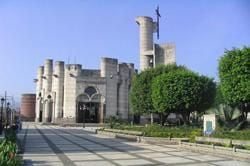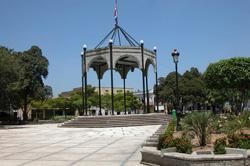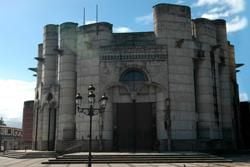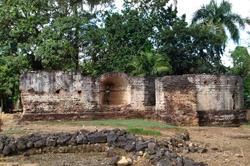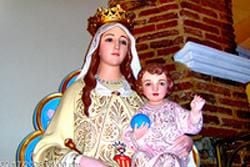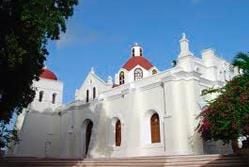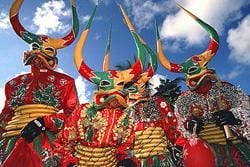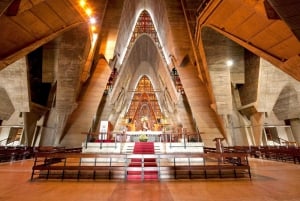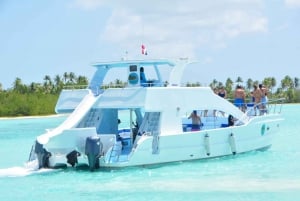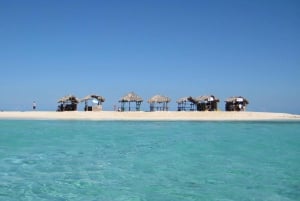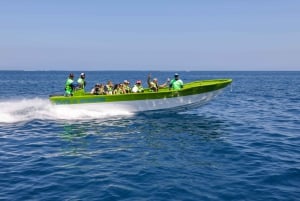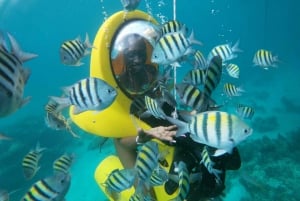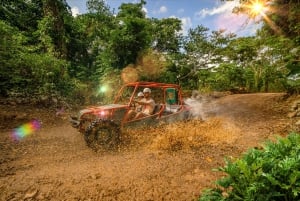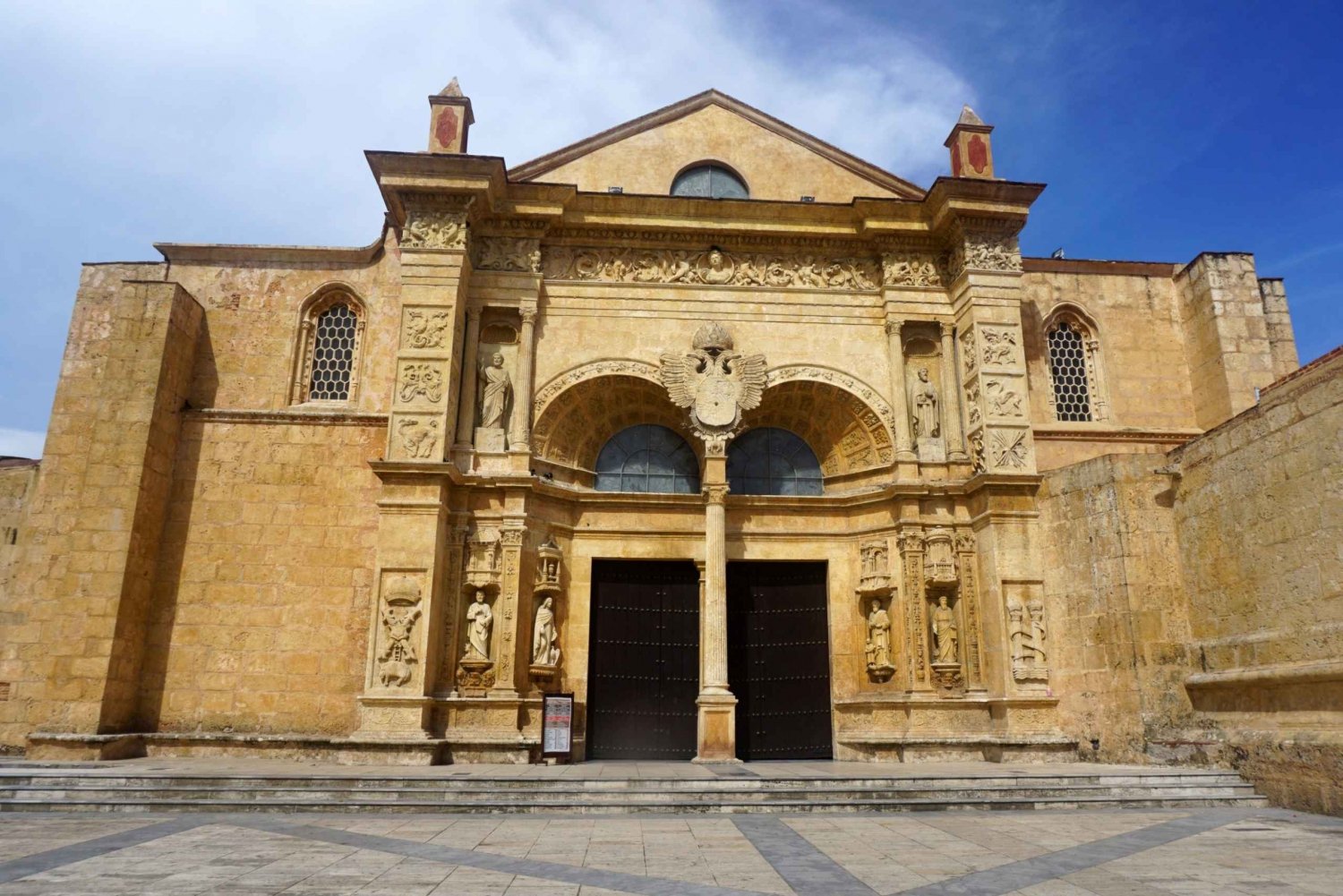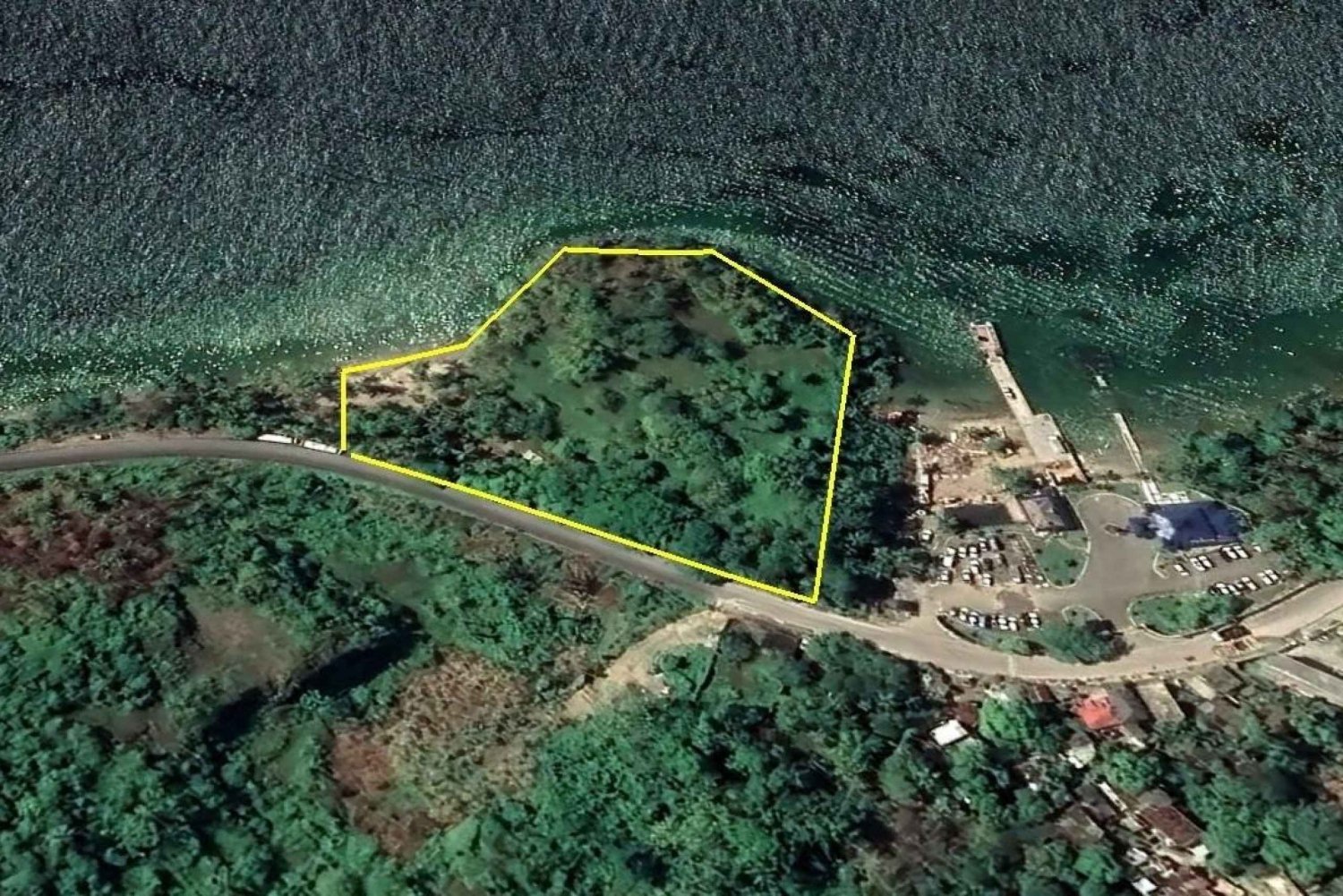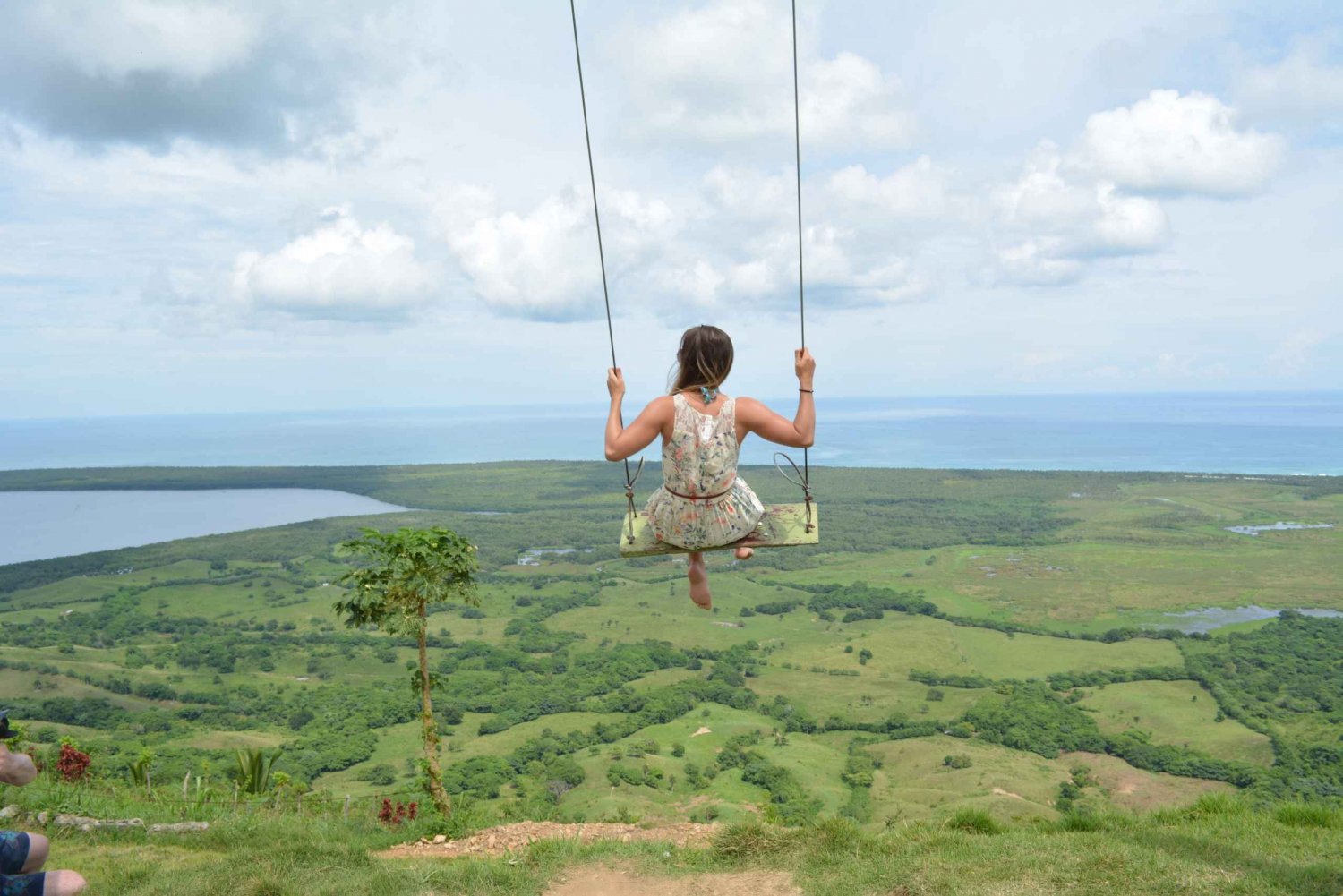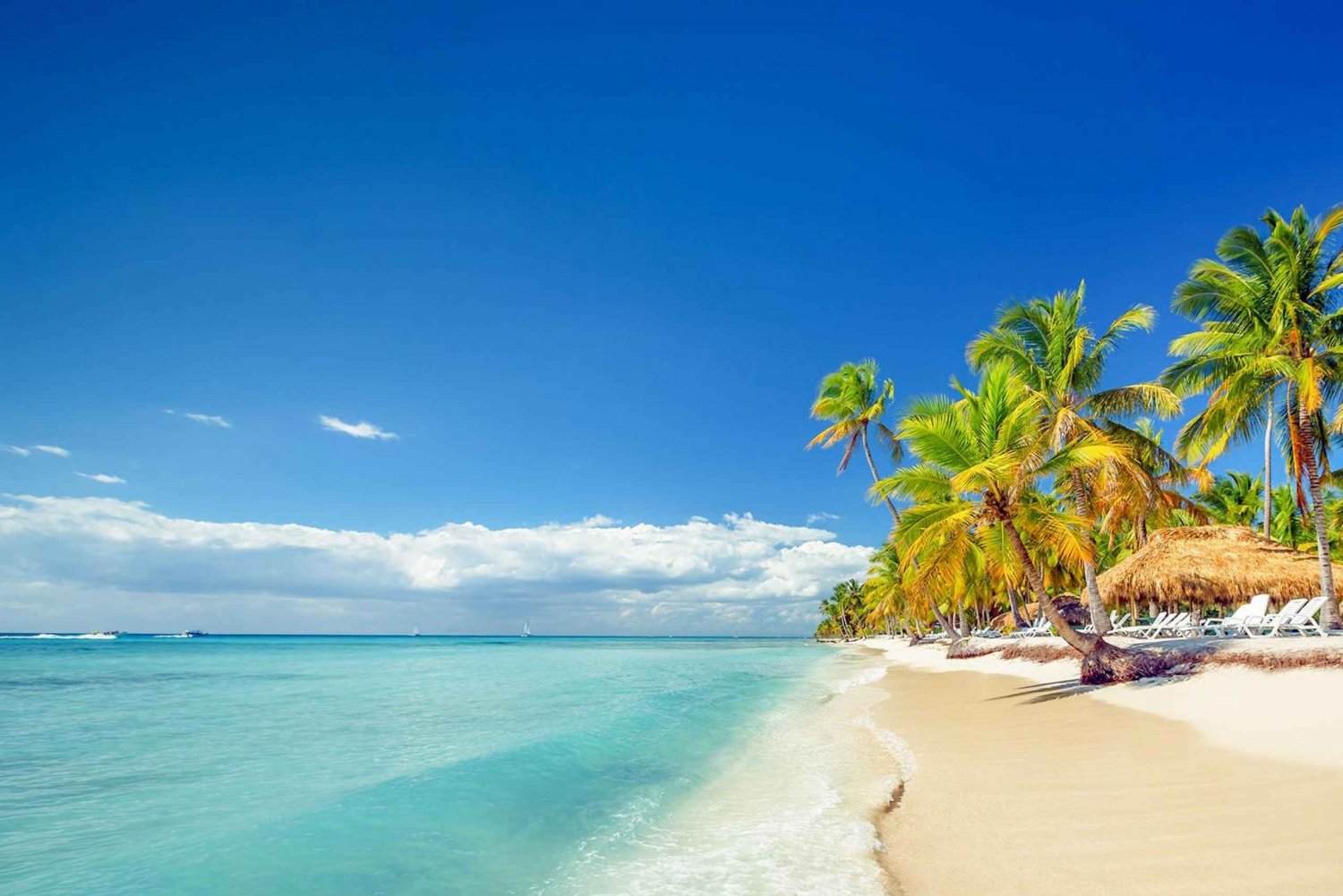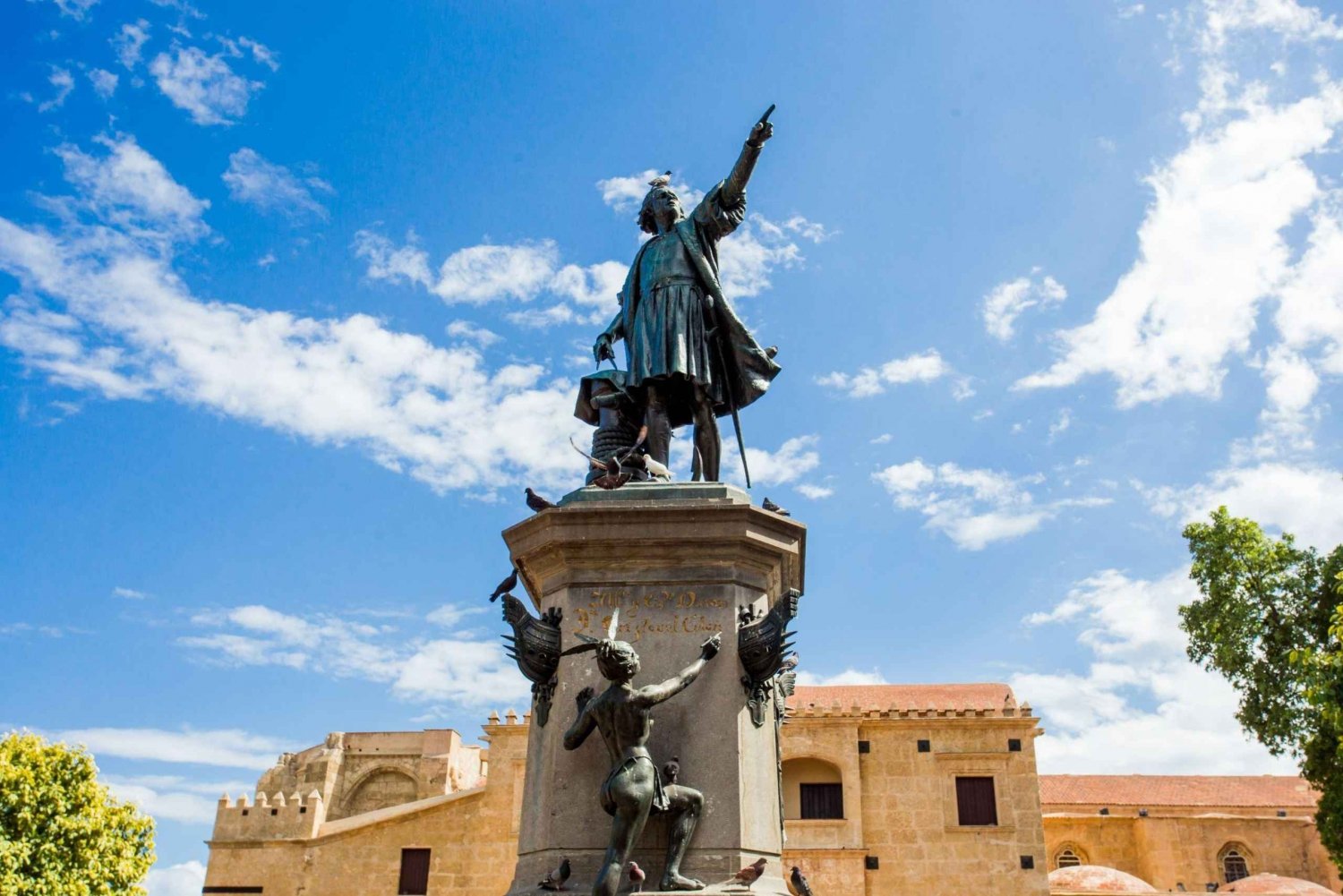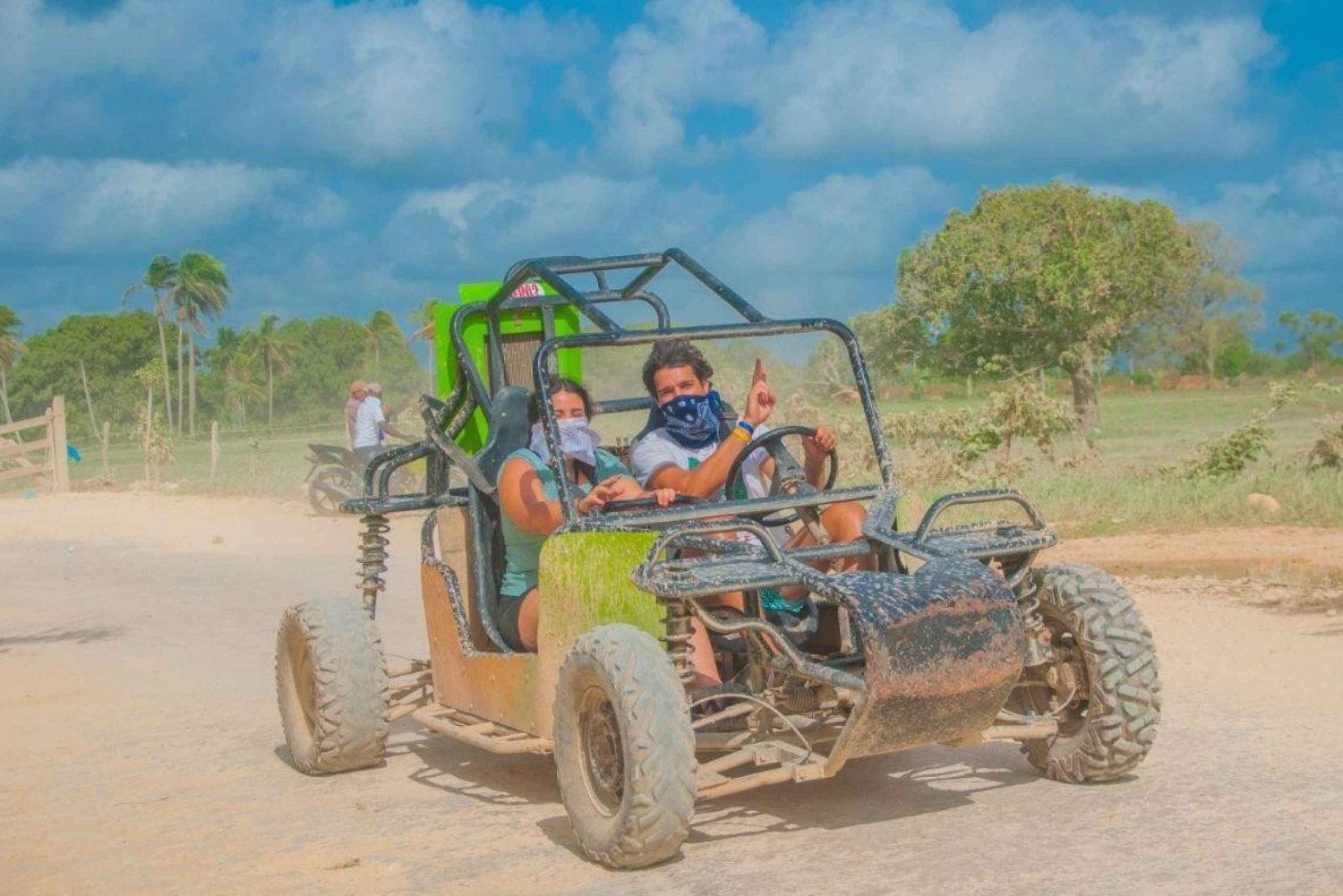La Vega
The province of Concepción de La Vega, with an area of 2.287 square kilometers, is located in the center of the Dominican Republic.
It comprises four municipalities: the capital of La Vega, Constanza, Jarabacoa and Jima Abajo and it is 120 km from Santo Domingo. Here, the views of miles of beaches and blue waters are replaced by the green of pine trees. The settlers came to this inner zone of the island, attracted not only by the precious wood that the land offered, but also because gold was discovered in the Rio Verde, creating an opportunity to make gold coins. Bartolome de Las Casas, a Spanish priest who accompanied Columbus on his second voyage to the Americas, said that Columbus, who was impressed by the beauty of the place, named it La Vega Real. The city of La Vega has undergone several devastations throughout the years, the most significant being the strong earthquake that destroyed the city in 1562, forcing the settlers to move to the banks of the River Camú, adjacent to the present site of La Vega. In 1805, the Haitian Revolutionary leader Jean Jacques Dessalines, in an unsuccessful attempt to dominate La Vega, destroyed the city by fire. Many of its inhabitants took refuge in the mountains of Jarabacoa, where they eventually made their homes.
Main Attractions
- The colonial ruins of La Vega Vieja. The city of La Vega began with the founding of Fort La Concepción in 1494 when Christopher Columbus ordered its construction in this strategic location. Around this fort stood a villa called La Concepcion, which later became known as La Vega. Currently, you can see only a small part of the fortress and a single pillar of the church also built in colonial times, but still intact. These are the only remains that the earthquake of 1562 left behind.
- The Saint Hill and Sanctuary of Our Lady of Mercy, the patroness of the Dominican Republic. Located about 8 km from the center of La Vega, El Santo Cerro (The Holy Hill) is where Christopher Columbus placed the wooden cross that gave rise to a legend, and where later in 1527, he established the first convent of the Order of Mercy. According to legend, in 1495 during a battle on this hill between the Spanish and the Tainos led by cacique Guarionex, the Virgin of Mercy appeared in a large cross that Christopher Columbus had made from medlar wood, which helped Spanish become victorious. Currently in the Church of Our Lady of Mercy, you can see the Santo Hoyo de la Cruz (Holy Hall of the Cross) where once there was the cross erected by Columbus on March 25 1495. Each year, thousands of pilgrims travel to the province of La Vega to worship and celebrate the feast of Our Lady of Mercy on September 24. El Santo Cerro, besides being a Sanctuary, also has a museum and a gazebo, with a magnificent view of the valley of La Vega Real.
-
La Vega Carnival, declared a National Folk Heritage, is the most popular of all Carnivals on Dominican territory. La Vega becomes the cultural capital of the country in February. The main protagonists in the Carnaval Vegano are its characters called diablos cojuelos (limping devils), dressed in colorful costumes with majestic and spectacular masks depicting demons or animals with large horns. Colors, shapes, movement and joy; these are the main features of this famous Dominican carnival. It is held every Sunday in February.
Protected Areas
The Province of La Vega has several scientific reserves in its territory which are:



